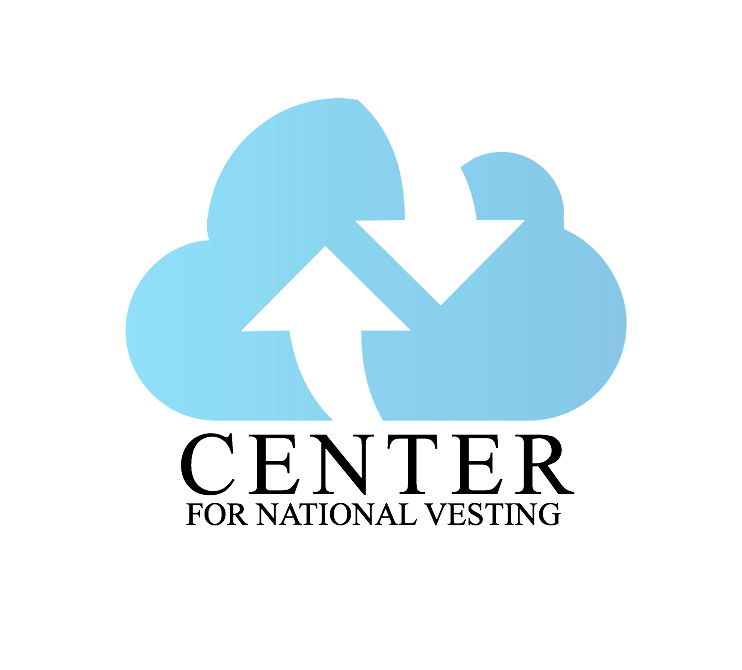A living wage in America depends on a lot of different factors, and they can sometimes be hard to quantify. A person’s job, health, family situation, and education, for instance, all significantly affect whether a person earns a living wage.
It wasn’t that long ago, however, that a broader range of people on the economic spectrum made a living wage. Nearly 70 years ago, for instance, the American worker earned a minimum wage that was roughly tied to labor productivity. According to the Economic Policy Institute, the minimum wage kept pace with labor productivity until 1968 when it started to decline. In fact, the 1968 federal minimum wage (in 2016 dollars) would be equivalent to $9.63. This means that in 2016, workers earning a minimum wage were paid almost 25% less than workers in 1968. Also, the minimum wage has not kept pace with inflation which continues to erode the value of the current minimum wage. Consequently, flat wages, increased inflation over time, and economic conditions have led to a minimum wage that often does not equate with a living wage for many workers.
Making a living wage should not be an improbable task. It should be the standard. Because it is not the standard today for workers, our country has seen a rise in income inequality and poverty at an unprecedented rate. According to the Economic Policy Institute, 1 in 9 U.S. workers work full-time and are still living in poverty. Also, almost 40% of the country cannot afford a $500 emergency. Overall, by 2017 estimates, 39.7 million Americans live in poverty – just over 13.9 percent, according to a University of California study.
As Americans witness more poverty, they are increasingly asking a simple question. Why?
In the wealthiest country in the world, how can a living wage be so hard to attain for so many Americans? How have we got to this point? What most people don’t seem to realize is that poverty is a cycle. It is one that can be almost impossible to escape from, and it affects the next generation just as much as it affects the current one. Children who are born into families living in poverty often grow up to live in poverty. They don’t have access to the same resources that people not living in poverty do, and that cycle continues with little or no chance of being broken.
So what is next? How can we define a living wage that makes sense for all Americans? How can we break this cycle?
At the Center for National Vesting, we are working on ways to break this cycle using a new economic theory known as Newtonian Economics.
Newtonian Economics represents a new way to manage the economy. It allows us to measure what we call market surplus created by every American and use that to not only pay those that create the surplus a livable wage, but also address healthcare, education, and tax burdens that we all face.
In contrast, implementing austerity measures is not the answer. Our economy works best when we put money into the pockets of the middle class and help the poor leave poverty behind. Our economy is a retail economy. The more people that spend money in the economy, the better our economy performs for everyone.
One of the most significant challenges our generation faces is creating a path to an equitable economy for all Americans. To accomplish this task, we must first redefine how we manage our economy so that every American has the opportunity to earn a living wage.
Newtonian Economics is the first step to this process.

